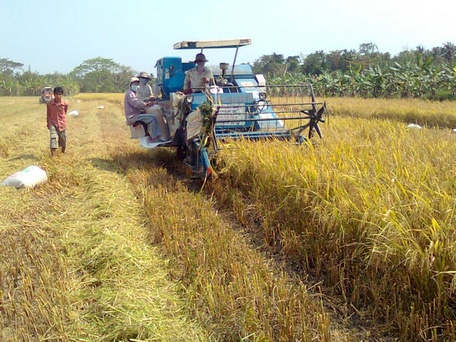 |
| The drought dries the fields, helping farmers harvest and transport rice and straw conveniently from the fields to their homes. |
Currently, our province has entered the rainy season. After a heavy rain that lasted for more than a week in the second half of July and the first week of August, in the province, there has been little or no rain continuously, accompanied by hot and humid weather. This phenomenon is commonly called "HBC". The reason for this name is because HBC causes a severe water shortage in agricultural production and daily life, "fierce" like a witch.
HBC, also known as drought, cotton drought, is a drought during the rainy season in the Mekong Delta. Due to the influence of the Pacific high pressure, the drier Southeast wind pushes back the West wind (which carries more moisture so it is more humid), then blows across the delta, causing continuous lack of rain, short droughts from 5 to over 7 days.
Meteorological data for many years in the province show that on average, there are 7-10 periods of no rain for 5 consecutive days; 4-6 periods of no rain for 7 consecutive days. Periods of no rain for more than 10 or 15 consecutive days usually occur in the early and late months of the rainy season (May and November), while the middle months of the rainy season (from July to October, especially August) occur less frequently.
Of which, the longest period without rain was 22 days at Vinh Long station (occurred from October 23 to November 13, 1965), 17 days at Can Tho station (recorded in October 1985). The month with the most 3 consecutive periods of no rain for 7 days was May 1987 in Can Tho, May 1987 in Vinh Long.
May, June and November have the most periods of no rain for many days, when monthly rainfall (frequency 75%) in Vinh Long: in May is 95mm, in June is 142mm and in November is 63mm. Continuous periods of no rain for many days occur throughout the Summer-Autumn crop (from June to August), when monthly rainfall (frequency 75%) in Vinh Long in August is 125mm and in Can Tho is 158mm. The hottest day of the year (Dai Thu) also appears in August (from August 21-23).
In the years after 1975, due to the lack of large investments in irrigation, HBC significantly affected agricultural production and life. According to the data of the Irrigation Department, from 1984 to 1998, every year our province had several thousand hectares of Summer-Autumn rice affected by drought, the most severe was in 1987 when 30,463 hectares of rice were affected by drought, in 1992, 16,000 hectares of rice were affected by drought, of which 231 hectares were severely damaged.
Along with the droughts is the situation of river water depletion (lowest in May-July), most of the canals and streams in the fields have very little water when the tide is high and dry up when the tide is low, causing a serious shortage of irrigation water and domestic water, especially for households living in the fields far from large rivers, and disrupting waterway traffic.
In recent years, irrigation has received great attention and investment from the State and the people. Canals and ditches have been dredged to increase the capacity of water for irrigation and drainage. More and more culverts and dams have been built, helping to store significant amounts of water in the fields. Domestic water supply stations have been built throughout the communes, ensuring adequate supply of quality water for users. Advanced, water-saving irrigation methods such as sprinkler irrigation, drip irrigation... and small water pumps have been widely used and are very convenient, helping people overcome the shortage of water for crops and daily life during severe droughts.
HBC is also beneficial for Summer-Autumn crop cultivation. At that time, the dry fields help farmers harvest rice quickly, reduce loss, dry rice with less effort and also make it convenient to transport rice and straw from the fields to home. In areas where grain and root crops such as sesame, beans, sweet potatoes, etc. are grown, HBC can be used to harvest and prepare the land immediately for the next crop; sow seeds when it is not raining, the crops will grow well when it rains again. In addition, HBC also makes the roads and air environment drier after days of heavy rain...
However, after the HBC, extreme natural disasters often occur. When the weather "turns to rain", storms, tornadoes, lightning, riverbank landslides occur immediately after. People need to be careful to avoid risks and damage.
HBC is a short-term meteorological phenomenon in the annual cycle in the river region. A reasonable crop and plant structure and well-invested and exploited irrigation and water supply conditions will take advantage of them in some localities to benefit production and life.
According to the forecast of the Vinh Long Province Hydrometeorological Station, in the middle week of August, the southwest monsoon will remain at a weak to moderate intensity, so there is a possibility of a 3-5 day rain interruption, or more in some places. However, in the last week of August, there is a possibility of two tropical depressions and storms operating in the North East Sea. Although they will not directly affect our province, they will make the southwest wind stronger. The weather will get worse with cloudy days and thunderstorms increasing in both area and volume. Total weekly rainfall in August is generally from 30-70 mm/week, lower to approximately the average for the same period of many years, especially in the last week, it is 20-40% higher. Beware of thunderstorms, tornadoes, lightning, heavy rain and strong gusts that may occur during the rains. |
Article and photos: TRUNG CHANH
Source



















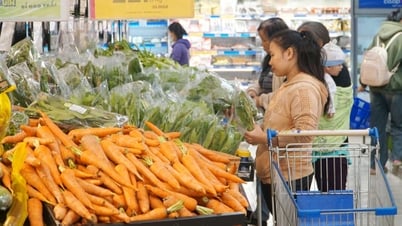






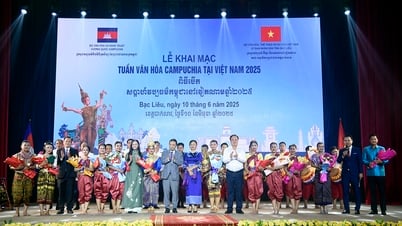









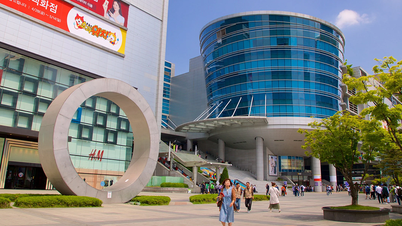























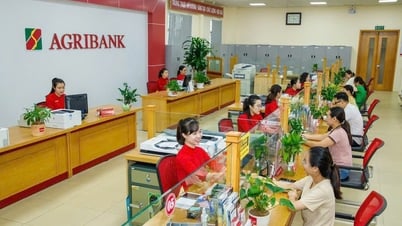
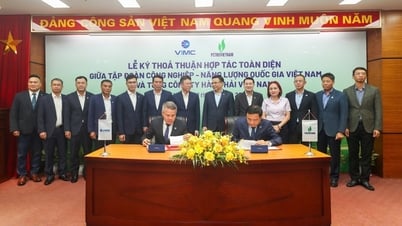
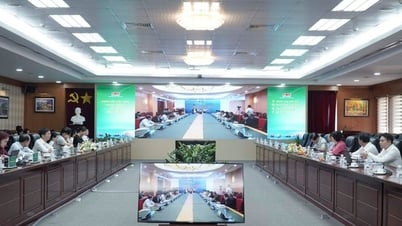
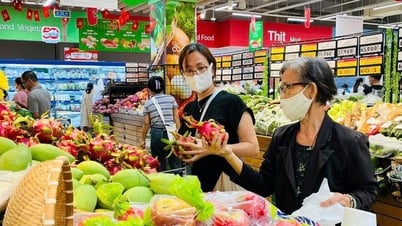


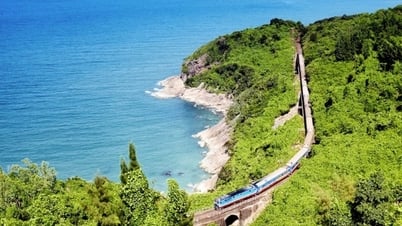











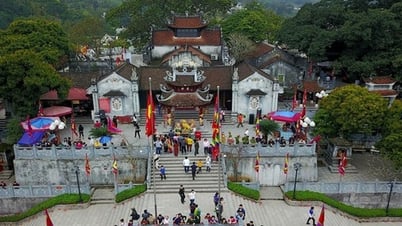

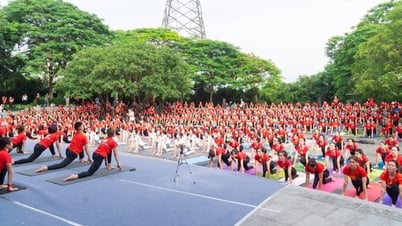
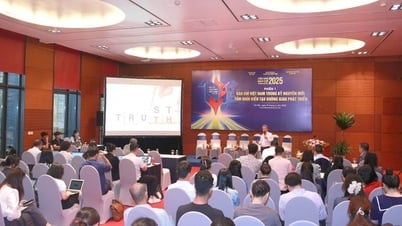


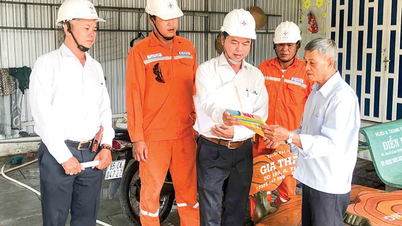

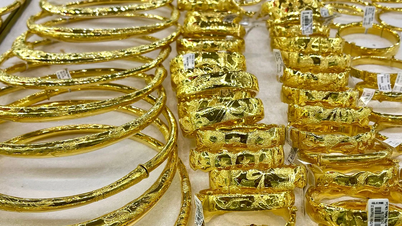

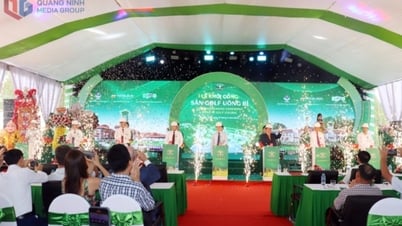
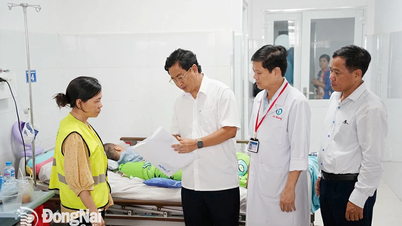














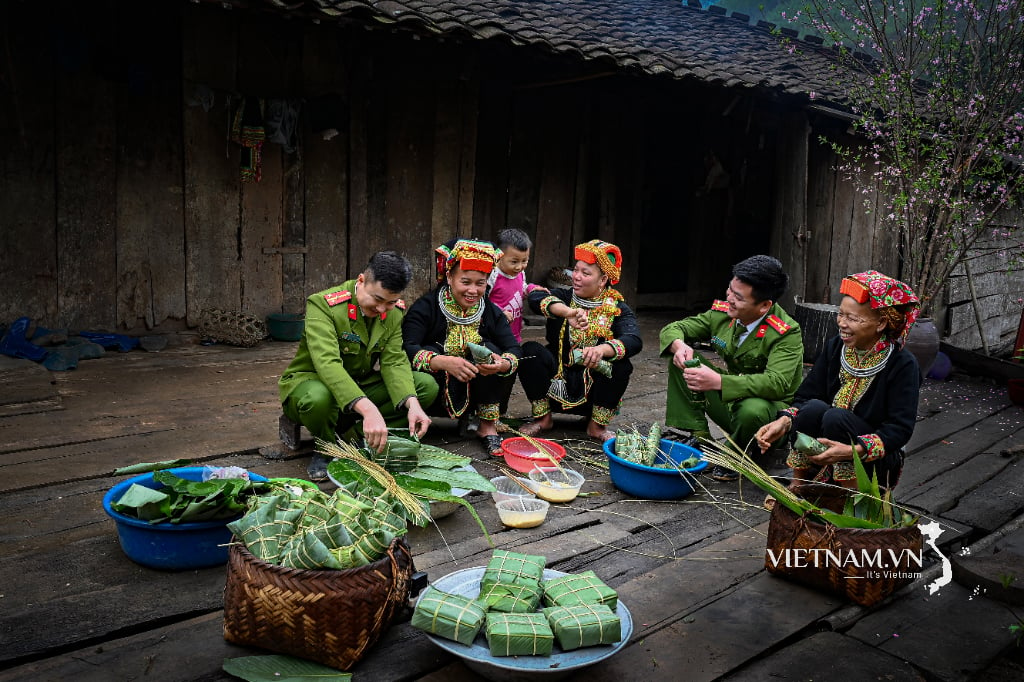

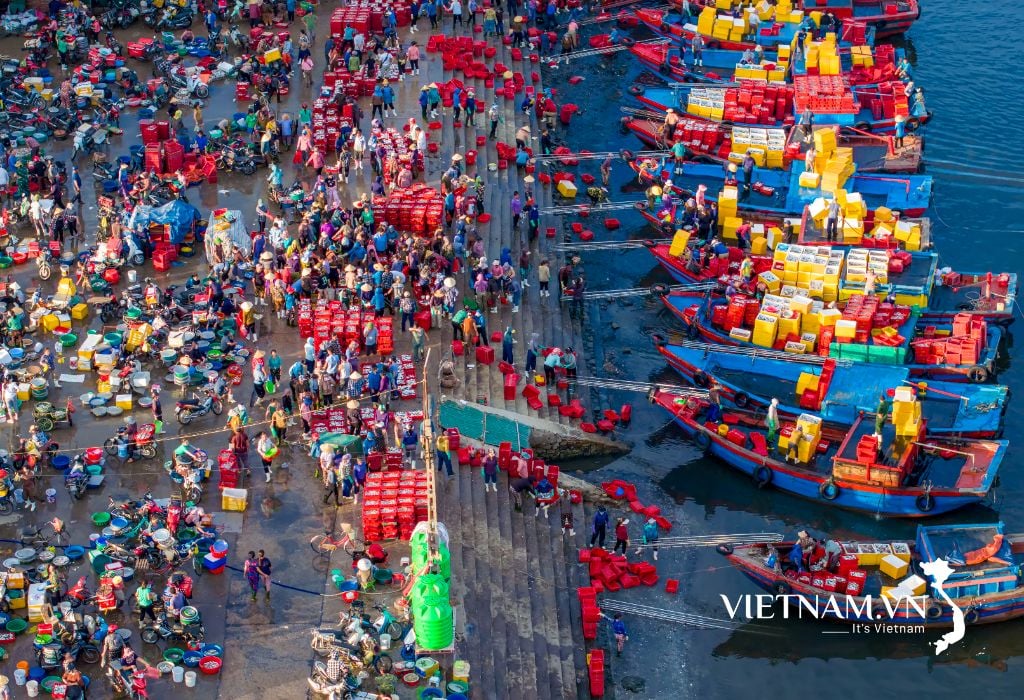
Comment (0)